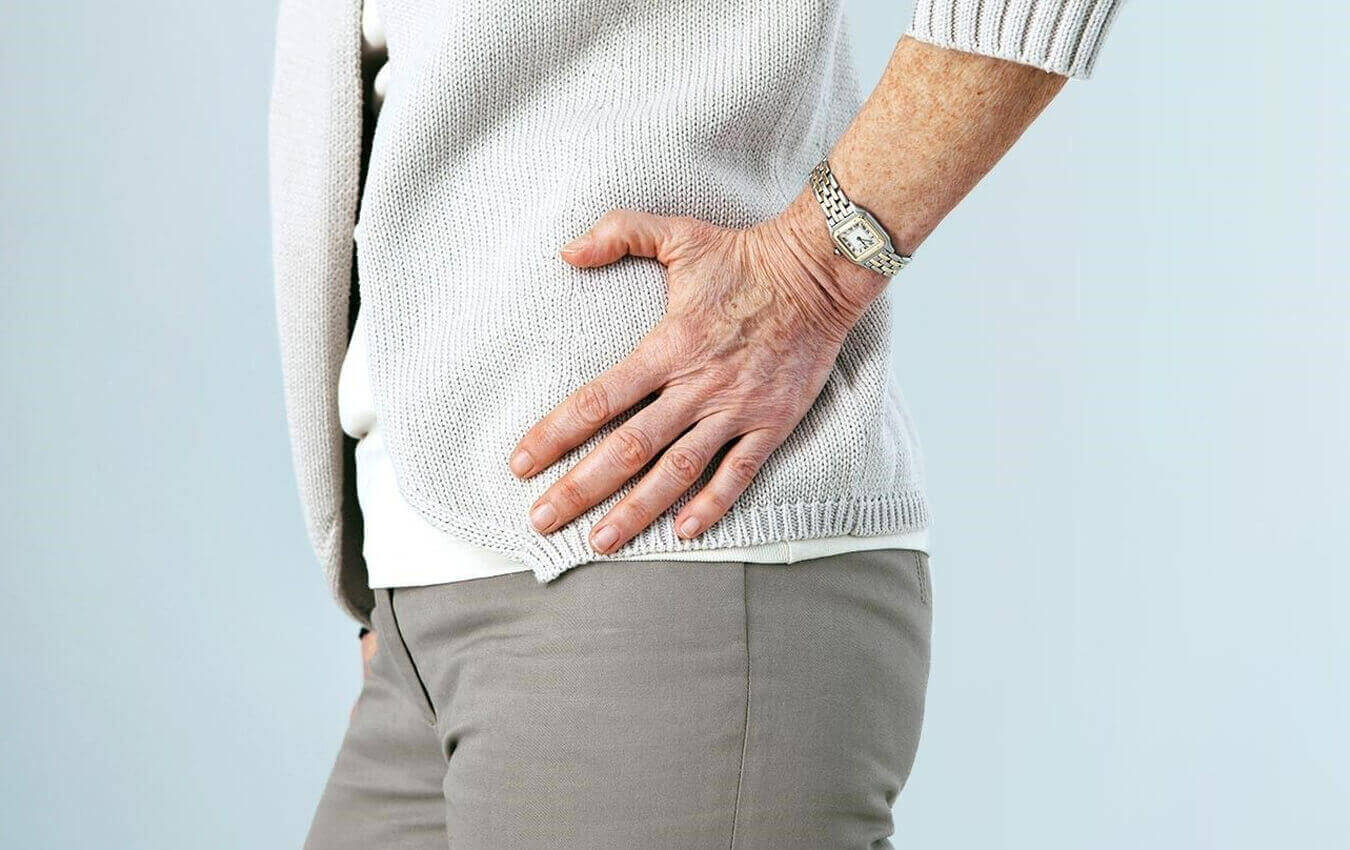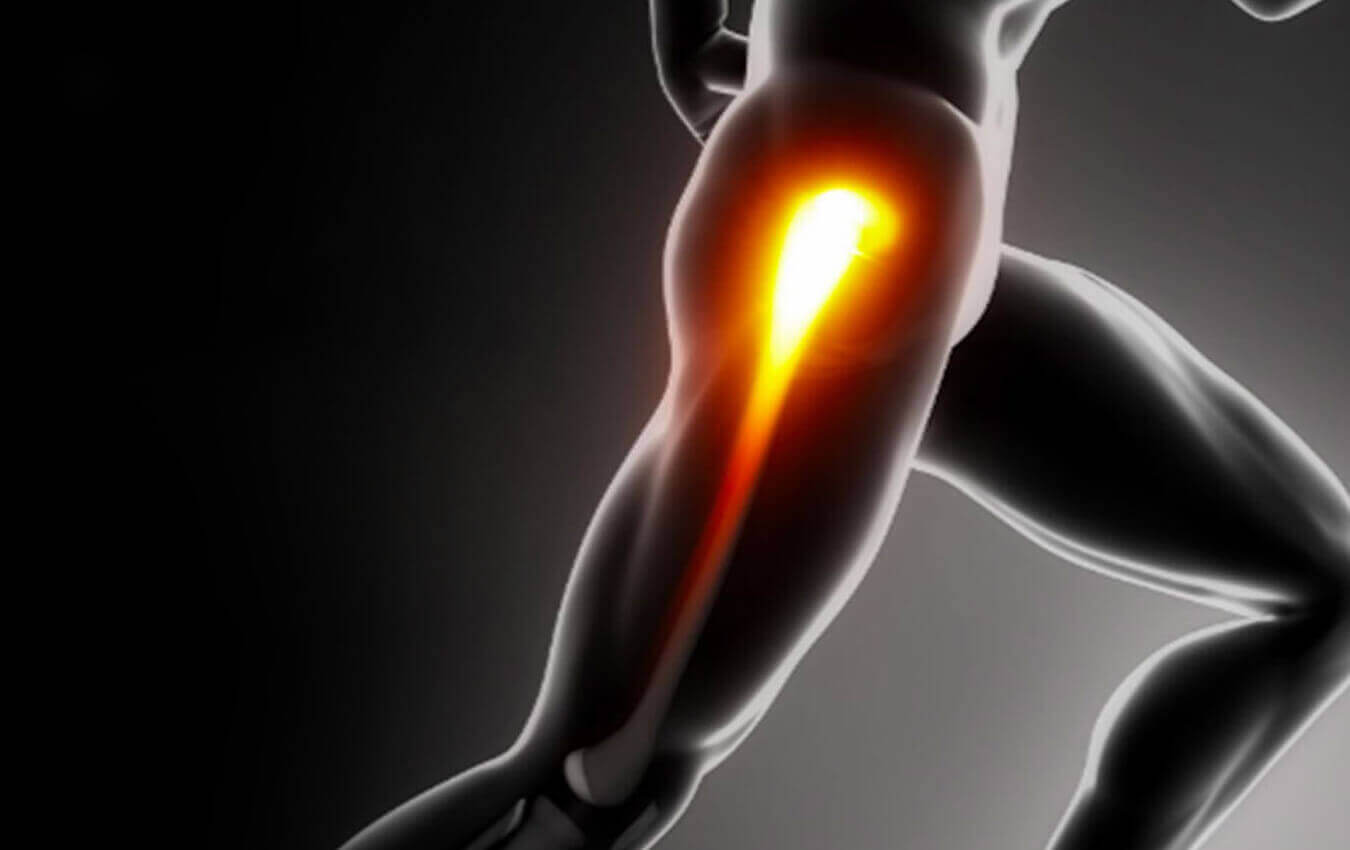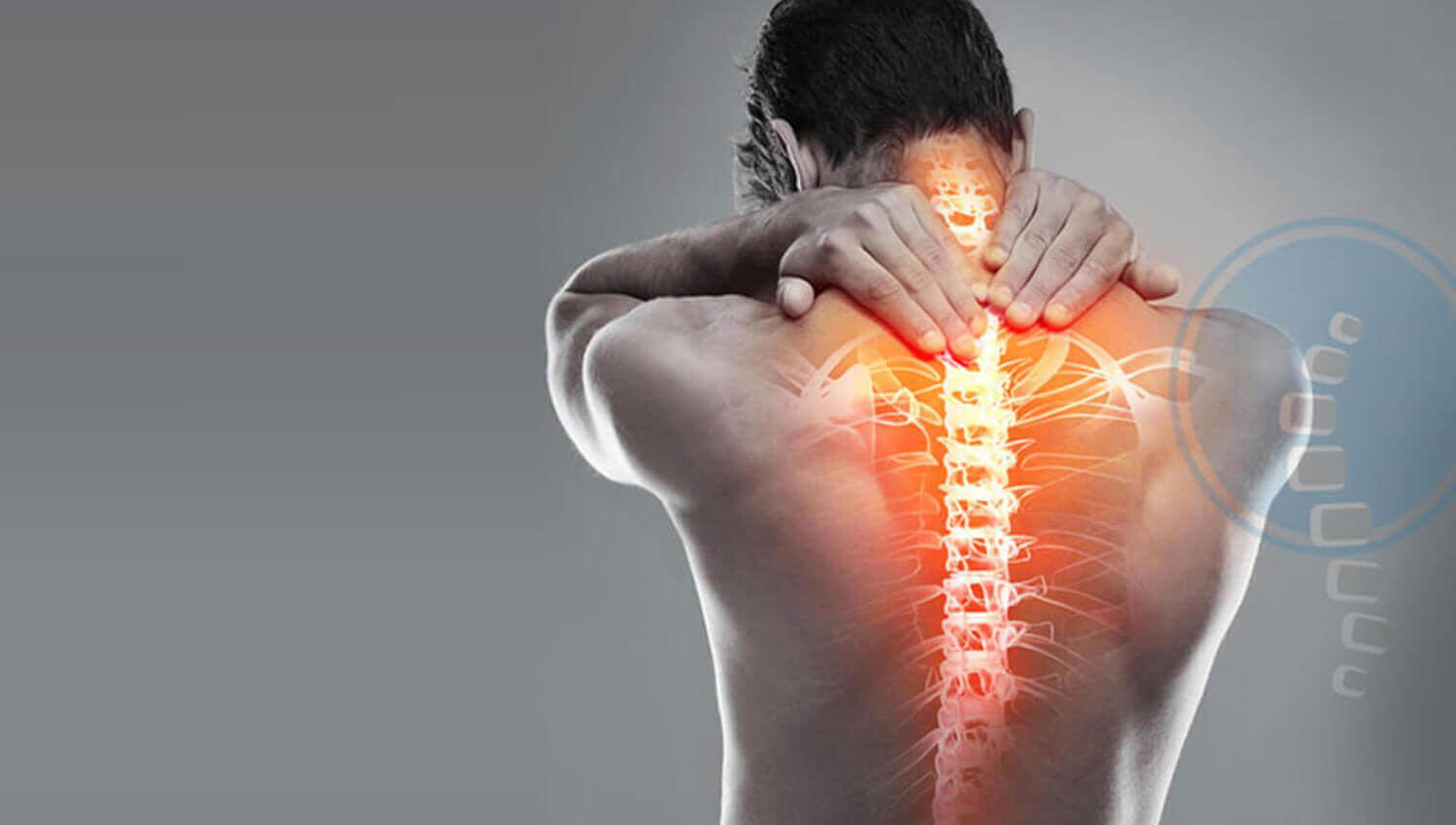A hip fracture is a partial or complete break in the upper
portion of the femur (thighbone), where it meets the pelvic
socket (acetabulum). It is a very serious injury that needs
immediate attention. These fractures commonly occur due to
accidents, falls from a height, or other traumas. A stress
fracture may also develop because of overuse and repetitive
actions.
Most hip fractures happen to elderly people above age 60, it may happen due to a simple fall or a twist in the leg. Hip fractures are very painful, treating and bringing the patient to normal is important, as it can prevent other medical complications such as bedsores, blood clots, and pneumonia. In aged people, long bed rest can lead to disorientation which may make recovery more difficult.
Most hip fractures happen to elderly people above age 60, it may happen due to a simple fall or a twist in the leg. Hip fractures are very painful, treating and bringing the patient to normal is important, as it can prevent other medical complications such as bedsores, blood clots, and pneumonia. In aged people, long bed rest can lead to disorientation which may make recovery more difficult.
Fractures in the hip cause various symptoms and complications.
They are:
Sometimes any of these symptoms may occur due to other medical conditions. Therefore, always consult your doctor.
- Groin pain
- Inability to walk or stand
- Knee or hip pain
- Inability to lift the leg fully
- Bruising and swelling
- Visible deformity
- Lower back pain
- Stress fractures-a feeling of tendonitis or muscle strain
Sometimes any of these symptoms may occur due to other medical conditions. Therefore, always consult your doctor.
Certain short-term and long-term complications that generally
occur after the injury or surgery are:
- Short term: bedsores, blood clots, and infections
- Long term: osteonecrosis, fracture non-union
- Osteoarthritis: This is common with aging, but an injury to the hip may increase the chances of developing arthritis. Symptoms include pain in the thigh, stiffness associated with pain, locking and grinding sensation while moving, decreased range of motion of the hip
Hip fractures mostly result from low or simple falls in
elderly people because bones become thinner and weaker, or
osteoporotic bone. When bone is lost too fast or not replaced
fast enough, osteoporosis may develop and increase the risk of
developing hip fractures.
Women are more affected by hip fractures than men due to low bone density that occurs after menopause (estrogen level falls). As a result, 70% of women experience hip fractures.
Certain medical conditions can also raise the risk of fractures:
Women are more affected by hip fractures than men due to low bone density that occurs after menopause (estrogen level falls). As a result, 70% of women experience hip fractures.
Certain medical conditions can also raise the risk of fractures:
- Gastrointestinal, metabolic, and nutrition disorders. These conditions will lead to vitamin D or calcium deficiency that causes weaker bones
- Neurologic conditions such as dementia and balance disorders. Due to this, the person may fall and a fracture may cause
Preventing a hip fracture is better than treating a
fracture.
- Consume enough vitamin D and calcium-rich foods like milk, cottage cheese, yogurt, and broccoli
- Getting a bone density test, if you have a risk of developing osteoporosis
- Exercise regularly such as walking or jogging
- Stop smoking and drinking
- Stand up slowly will help you avoid light-headedness or loss of balance
- Keep the place without hazards
- Place slip-resistant mats near bathroom doors
- Keep bed lamps for elders to lead them from bedroom to bathroom
- Check your vision
A fracture in the hip could be a single break or multiple
breaks. To understand the complete medical history, the doctor
may conduct diagnostic tests such as:
Your doctor may ask you to get an osteoporosis test if you break your hip, which may help to take preventive steps from causing another fracture.
- X-ray
- MRI scans
- CT scans
Your doctor may ask you to get an osteoporosis test if you break your hip, which may help to take preventive steps from causing another fracture.
Treatments for hip fractures include a combination of pain
control, surgery, and rehabilitation.
- Pain control: after the fracture, the doctor will give medications and injections to control the pain.
- Surgery: surgery is the best method, in general, to reduce the symptoms and avoid complications of long bed rest.
- Surgical methods include: Open reduction and internal fixation (ORIF), Femoral head or total hip replacement (arthroplasty or hemiarthroplasty).
- Alternative methods: for most of them, surgery is recommended, but surgery may not be correct for people who are frail to recover. Some are treated with medications and bed rest.





